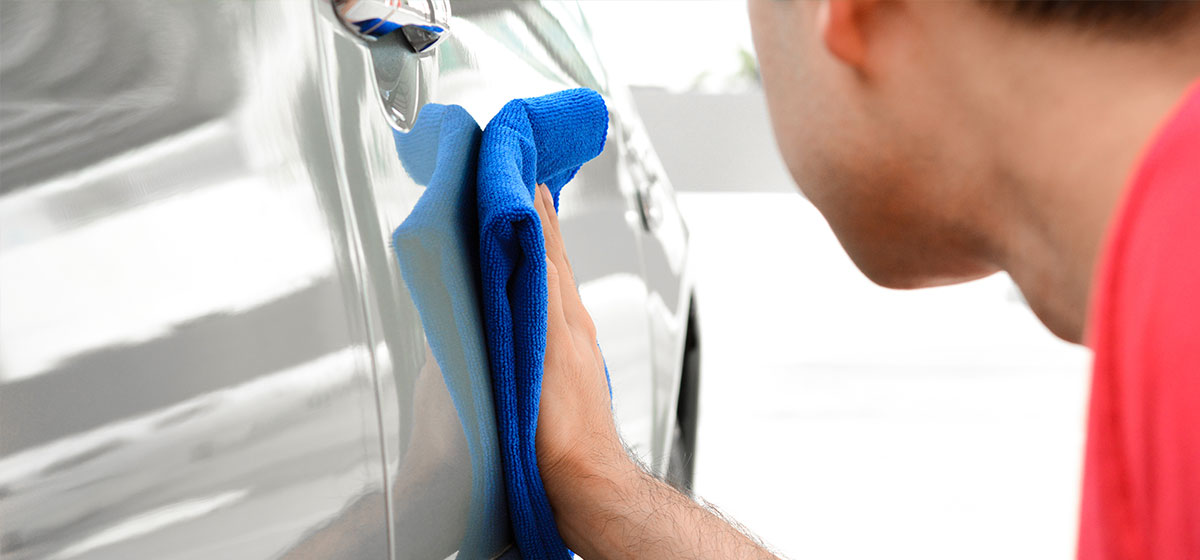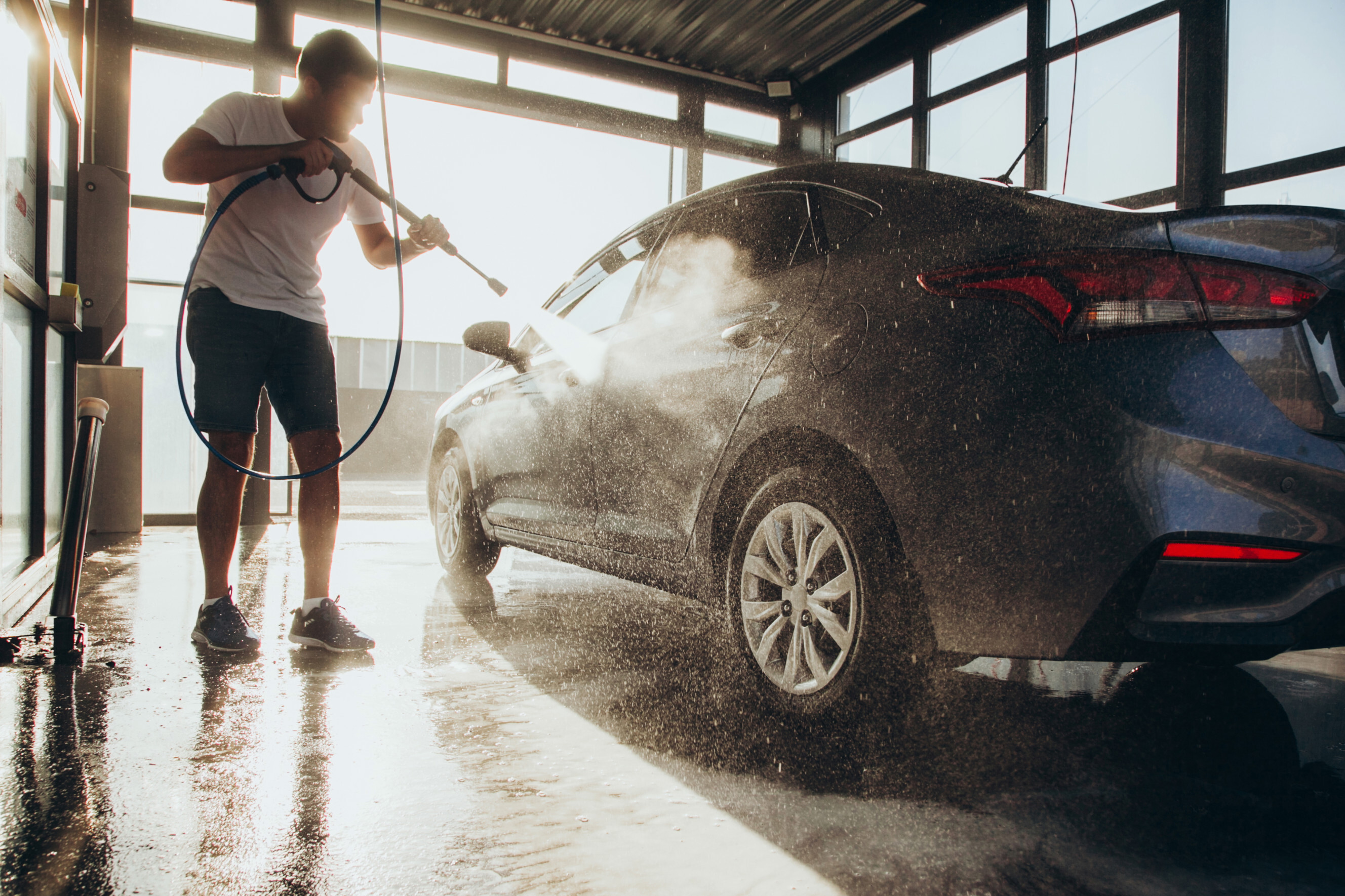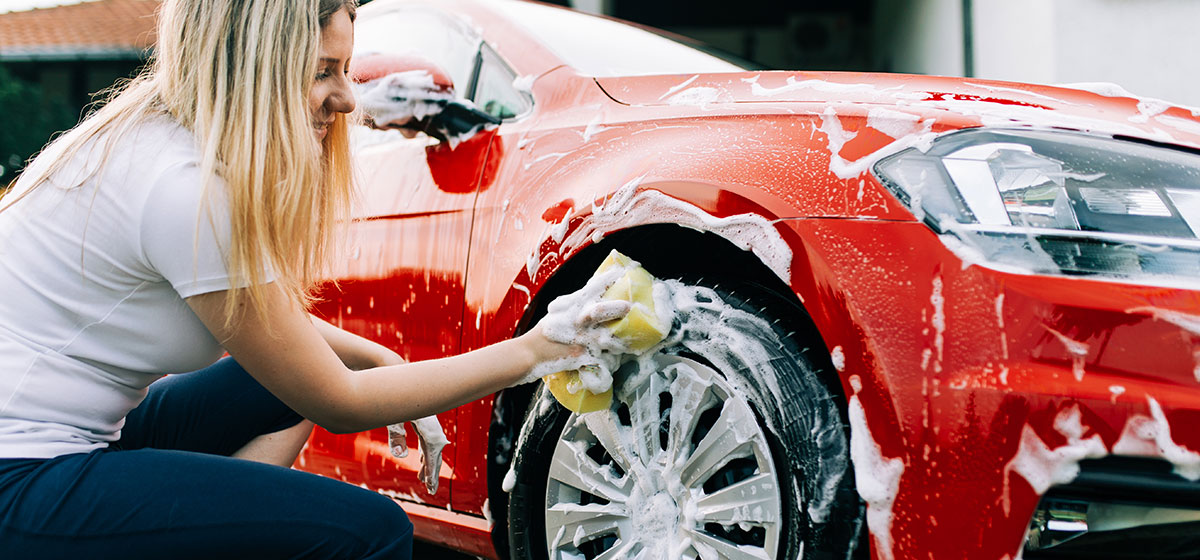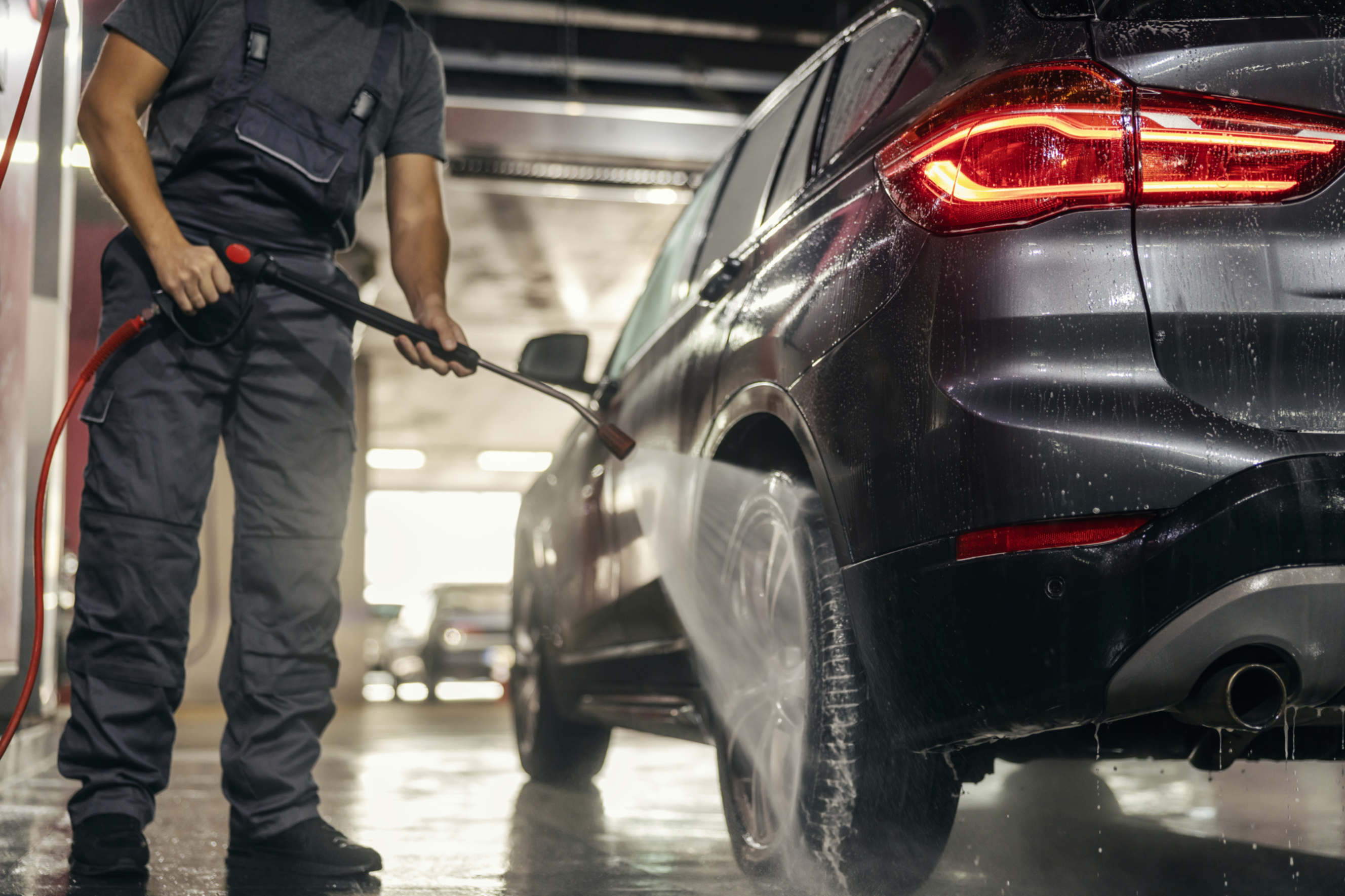
How to polish your car in 3 easy steps
Find car wash expertsLast Updated on
A nicely polished car says a lot about your personality. The following guide shows you how to polish your car like a professional.
Regular car maintenance helps maintain colour and appearance. Car owners wash and wax their vehicles but forget an essential step, polishing. When done well, polishing improves your car’s exterior finish for an instant appearance upgrade. On top of revitalising your car, polishing eliminates paint defects on the exterior, removes the bonded surface contaminants and prepares the surface for waxing. In this guide, you will learn how to polish a car with a polishing wheel or by hand.
Follow these steps when polishing a car by hand
- Prepare the car for polishing – this includes washing and rinsing the car.
- Choose the right pad and compound to polish your car.
- Protect the paint after polishing by waxing the car using a polishing wheel or by hand.
Follow these steps, and your car will be as good as new in a matter of hours.
Step 1: Prepare the car for polishing
The first thing that you should do when preparing to polish your car is to wash it. When washing your car, make sure that you:
- Wash the car in a shady area away from direct sunlight.
- Park the car on a solid surface. Do not wash your car on grass or dirt because the area will get puddled in water and mud and the dirt will spread to your car.
- Wash your car on an overcast day. A cloudy day is the best time to wash your car but as long as it doesn’t rain.
Park your car away from things that you don’t want to get messy. If you’re using a polishing wheel to polish your vehicle, the spinning motion sprays the compound so make sure that there is nothing close to the car when you start polishing. The polish washes away quickly on the surface of the car, but it’s a tough stain on other things. Also, don’t allow your young one(s) or pet near the car when polishing.
If the best place to wash your car is near the items that you don’t want to be covered in car compound, you should cover or move them.
Rinse the car
Before you start hand washing your car, you need to spray water all over as a preparation tactic. The water loosens and removes dirt and debris stuck on the paint and in those hard to reach places. When rinsing your car, always start from top to bottom and go harder on the wheels because they hold the most dirt and mud.
Clean the wheels
You can wash, polish and wax your car but it won't look as good as you expect if you skip cleaning the car wheels. Clean the wheels first and remember that you should have a dedicated sponge and bucket for this part of your car.
The main reason for washing the car wheels first is because of the harsh wheel detergents that can ruin car paint if allowed to sit on the body for a long time. Cleaning the wheels first enables you to wash off the detergent and the splattered dirt and mud from the paint.
Wash one wheel at a time and rinse the wheel detergent with a hose. Once the wheels are clean, move on to the rest of the car.
See also: What to do if your car was flooded |
Use car soap
Fill a bucket with clean and plain water and add a small amount of car soap. Dip a sponge into the bucket and start working on your car from top to bottom.
Rinse the sponge from time to time to avoid spreading dirt. Make sure that the car is clean before you polish. If there’s any debris on the paint, it will cause scratches and swirling when polishing your car.
The ideal cleanser should not have wax or polish as ingredients.
Choose the right washing pad and car compound
When polishing dark coloured cars, use a soft pad and compound to avoid swirling the paint. You can use more robust pads and car compounds on lighter cars.
There are liquid and paste car polish compounds. The liquid car compound is easy to apply and spread by hand. Paste compounds are difficult to spread, but a little product goes a long way. You can apply paste compounds by hand or a machine, but a polishing wheel works best. Using a buffer requires someone with experience because it can damage the paint if not used right; leave this to the professional car detailers.
Look for professional car detailing services in your area:
- Car detailers in Sydney
- Car detailers in Sutherland Shire
- Car detailers Richmond Tweed
- Car detailers in Mandurah
- Car detailers in Perth
- Car detailers in Ipswich
- Car detailers in Shepparton
- Car detailers in Brisbane
- Car detailers in Parramatta
- Car detailers in Geelong
Step 2: Polish the car by hand
Hand polishing a car takes a lot of time and effort, but this is the best option if you don’t know how to use a polishing wheel.
When polishing by hand, select the best product based on your car to get the best results. You will need the following items to get the job done:
- Water
- A bucket
- Polishing pads
- Microfibre towels
- Polishing compound
Apply the polish in small sections and use circular motions to spread the polish all over the car. Use a microfibre cloth to wipe off any leftover residue.
Use a polishing wheel
Take the pad for the polishing wheel and dip it in clean water and wring it out, so it doesn’t drip. It’s important that the pad stays wet or it will damage the car paint.
Apply the compound
Apply a little amount of polishing compound on the wet polishing pad, turn on the wheel and press it on the car panel to work on the paint. Others prefer to apply the mixture on the car body and then introduce the polisher.
Move from one body panel to the next and remember to read the instructions on the compound to get the best results.
How to use the polishing wheel
Keep the polishing wheel parallel to the car body panel that you’re working on and maintain an equal amount of pressure when polishing.
Move on to the next panel.
When polishing, the compound will smear and then disappear leaving a bright shine. Once you get the glossy shine, move to the next panel because if you keep polishing, you will dull the finish.
Keep rinsing the pad.
As you continue polishing, the compound will build-up on the pad. When this happens, stop rubbing and rinse the pad; wring it out to stop the dripping.
If there is too much polishing compound, the polishing ability will be compromised.
Keep the pad damp throughout polishing to protect the paint.
Spread the compound on medium speed and watch out for the intricate edges that may cause a burned finish.
Step 3: Apply a coat of wax
After polishing the car, apply a coat of wax to cover the swirl marks or other surface imperfections. You need to mix paste wax and finishing polish using the 60:40 ratio. Apply the mixture onto a pad and spread it all over the vehicle using the back and forth motion with a bit of pressure. Waxing protects the car’s finish from any further damage
Wash the car
While the wax is drying, clean the windows and the interior for a complete clean job. Remove excess wax with a microfiber cloth, and you’re done! Now you can crack a cold one or pour yourself a glass of wine and enjoy.
Call the professionals
If you’ve never polished your car before, you should try the hand polishing method. Don’t use the polishing wheel if you don’t have the experience to do it right or you might do more harm than good. If you would prefer a skilled person to do it for you, consider hiring a car detailer. A professional car detailer specialises in detailing as well as washing, polishing and waxing your car. These highly trained car technicians can polish the scratches to improve the appearance of your car in no time. You can also post a task now and receive lots of offers from car detailers near you.
FAQs on How to Polish a Car
A basic car detailing service includes washing, polishing, waxing, vacuuming the interior, washing the windows and the wheels. For an average sized vehicle, you can expect to pay $80-$177. For a larger vehicle, the charges are slightly higher.
If the car is on the surface of your car’s paint, then there is a good chance that you can mask it with polishing and waxing.
You should do a complete car detail two times a year. This includes washing, polishing and sealing the work. A refresher detail is recommended once every three months, and you should clean your car interior once a month.
Polishing gives your car a brand new-like shine and also protects the paint. Polishing is only necessary when you start noticing problems with your car paint. Check your car when washing to see if you need to polish.
Find car washers, fast
Find a car washer
Related articles
Related price guides


